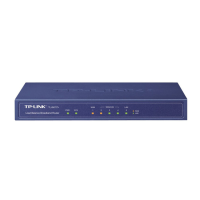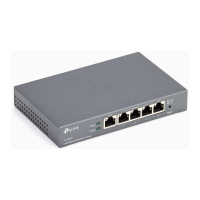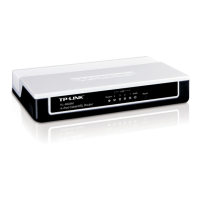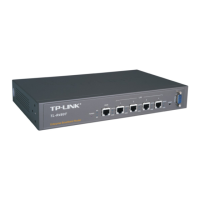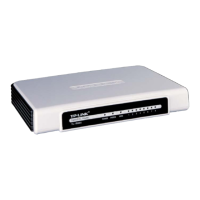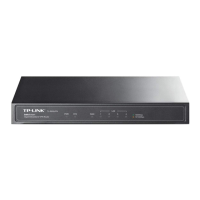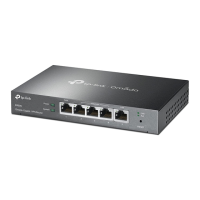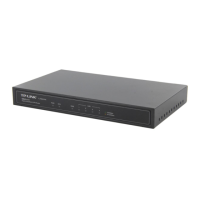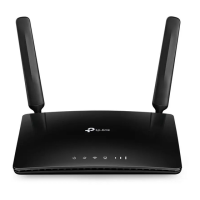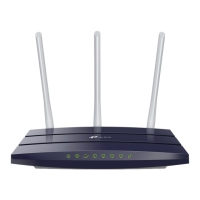-68-
The first entry in Figure 4-35 indicates: If there are packets being sent to a device with IP address of
211.162.1.0 and subnet mask of 255.255.255.0, the Router will forward the packets from WAN1 port to
the next hop of 211.200.1.1.
Application Example
There is a network topology as the following figure shown:
If the LAN port of TL-R470T+(with Non-NAT or Classic system mode)is connected to LAN1 with
subnet of 192.168.0.0/24, while the LAN port of another Router R1 is connected to LAN2 with network
of 192.168.2.0/24. Meanwhile, the WAN ports of the two routers are interconnected and within the
same network. Now a host under TL-R470T+ and within network of LAN1 desires to communicate with
the host within network of LAN2.
You can set a Static Route entry: Enter the WAN IP address of R1 (116.31.88.16) in the Next Hop field
on the Static Route page of TL-R470T+ as the following figure shown, then click the <Add> button to
save the entry.
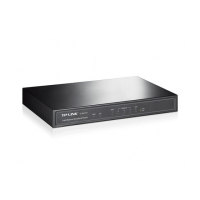
